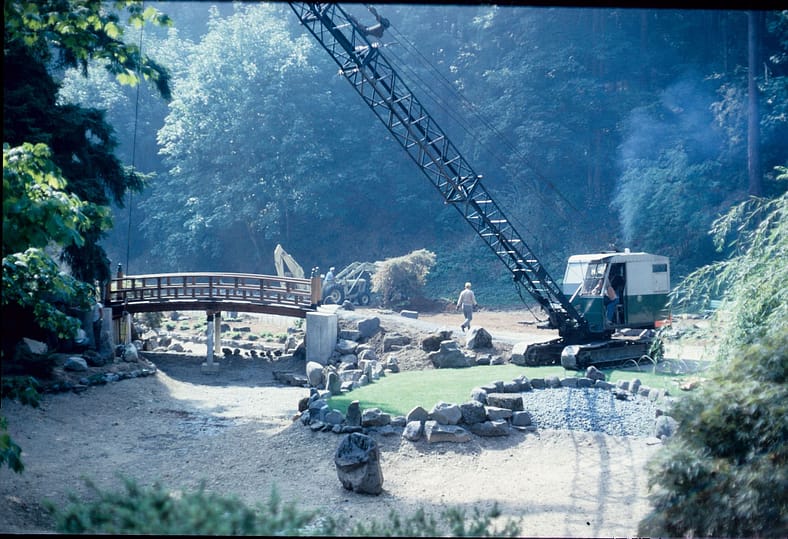
Portland Japanese Garden: A Timeline of Events
In 1959, not long after the end of World War II, citizens from Portland and their sister city, Sapporo, Japan, came together to re-establish the friendship that had suffered from the divisions of this global conflict. These civic leaders’ intention was to heal the wounds of war by creating a garden designed to bring a better understanding of Japanese culture to Portland. On the hillside remains of an old and abandoned zoo, these intrepid individuals transformed a “hopeless” brownfield into a flourishing oasis. This nurturing of the land led to the nurturing of people, and generation by generation, harmony and peace grew alongside maples, pine, and moss.
More than 60 years later, Portland Japanese Garden has expanded from its original 5.5 acres to 12. It now offers 250 events annually and has gone from a handful of staff to nearly 150 full-time employees, including more than 180 volunteers. Intentionally crafted to elicit feelings of serenity and tranquility, Portland Japanese Garden has educated millions of guests while simultaneously providing a space for inner peace and peace between people. Its presentation of Japanese culture, offered in a manner that requires no translation or previous knowledge of Japan, has transformed perceptions.
Today, Portland Japanese Garden is considered the most authentic Japanese garden outside of Japan and among the foremost Japanese cultural organizations in the world.
Portland Japanese Garden’s mission is: Inspiring Harmony and Peace
1959
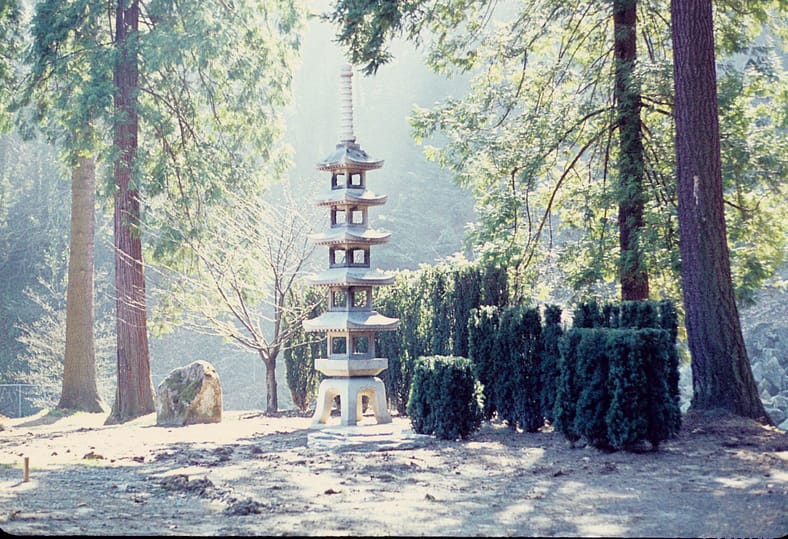
The Portland-Sapporo Sister City Association is established, just 14 years after the end of World War II. Four years later, Sapporo donates the iconic 18-foot, 5-tiered Pagoda lantern that is placed in the heart of the Garden.
Portland’s City Council approves repurposing the abandoned Washington Park Zoo site, described as merely “a rock pile,” to be a Japanese garden.
1962

The Japanese Garden Commission is established by Portland’s City Council.
Professor Takuma Tono of Tokyo Agricultural University is formally hired to design the Garden.
The transformation of the old zoo begins with the removal of four feet of soil at the site of its primate house. This is where the Flat Garden would be constructed.
1963
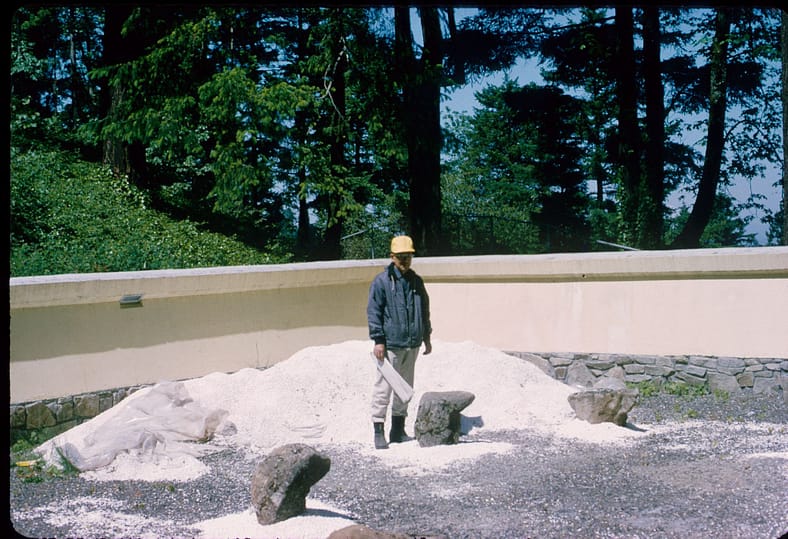
The inaugural meeting of the Japanese Garden Society of Oregon convenes in its first offices at 824 SW 5th Avenue in Portland.
In the same year, Professor Takuma Tono of Tokyo Agricultural University is formally hired to design the new landscape. His initial plan includes four gardens: the Strolling Pond Garden, the Tea Garden, the Sand and Stone Garden, and the Flat Garden.
1964
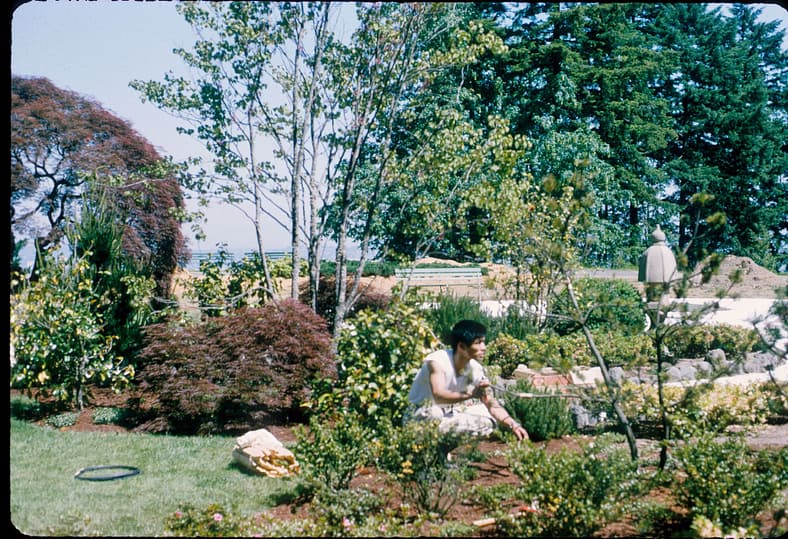
Kinya Hira, the first of the Garden Directors, arrives from Japan to carry out Professor Tono’s vision guided primarily from sketches and brief phone calls. Living in a trailer on the Garden’s grounds, Hira would become hospitalized after being the victim of a racist attack. He left Portland vowing never to return but was finally convinced to return for a Garden Director Reunion in 2010. Astonished by how Portland Japanese Garden had transformed the perception of Japanese culture in Portland, Hira shared, “So let this Garden be a reminder to us all. A reminder how the people of Portland had the courage to forgive and accept the culture of the once enemy. This Garden is a monument of peace.” Click here to read a letter Hira-san wrote about his time in Portland.
The Koto-ji lantern is gifted to the Garden from the Kenroku-en garden in Kanazawa, Japan.
1965
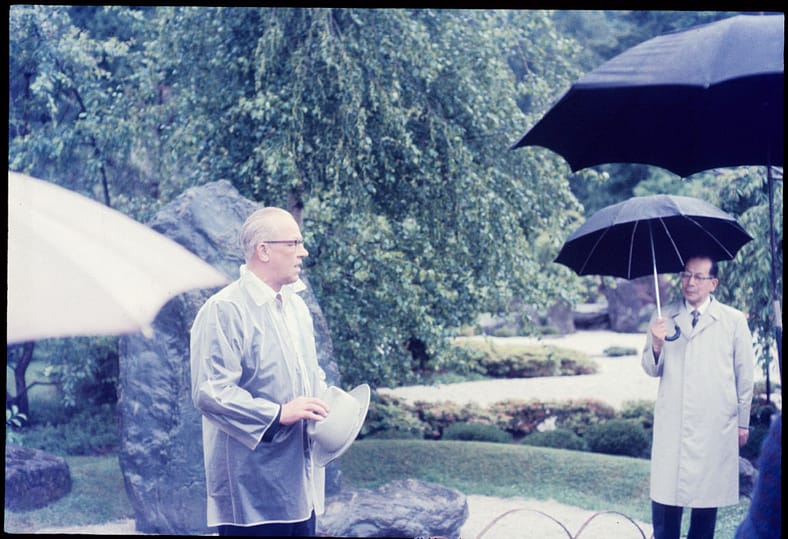
Government officials continue to declare their support for building Portland Japanese Garden, with Portland Mayor Terry D. Schrunk and Oregon Governor Mark O. Hatfield stating:
“Not only will [a Japanese garden] enhance the tourist appeal of our city, but it will serve to strengthen the close bonds that already exist between our peoples.”
1966
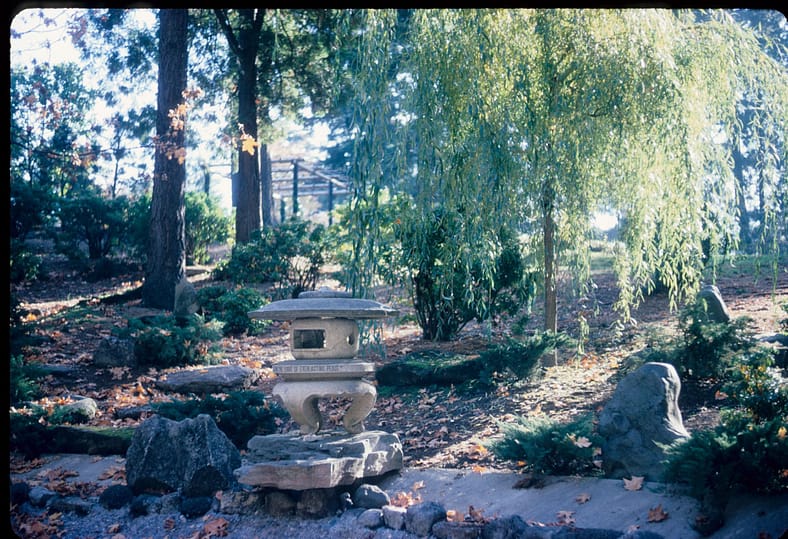
The Peace Lantern, a stone lantern first presented to the City of Portland by Yokohama Mayor Ryōzō Hiranuma in 1954 as a gesture of friendship and reconciliation, is moved into Portland Japanese Garden from the International Rose Test Garden after several bouts of vandalism. Standing in the Strolling Pond Garden ever since, it has inspired Portland Japanese Garden to donate handcrafted replicas of it to cities around the world.
1967
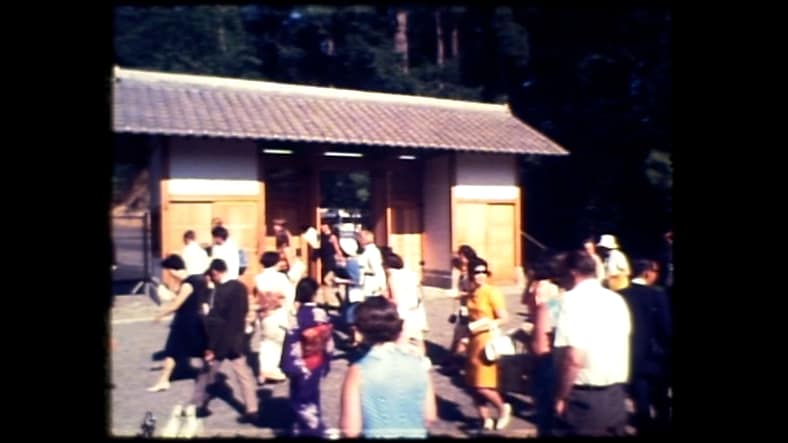
The Garden formally opens to the public for the summer. There are 28,575 paid admissions before the Garden closes for winter.
1968

The Kashintei Tea House is donated by Howard Vollum, founder of Tektronix, and Akio Morita, co-founder and Chairman of the Sony Corporation. The traditional structure is crafted in Japan, then disassembled, and shipped over in pieces. It is reassembled in the Garden and dedicated on June 1.
A fifth garden, the Moss Garden, is added to the four garden styles. The Haiku stone arrives from Japan.
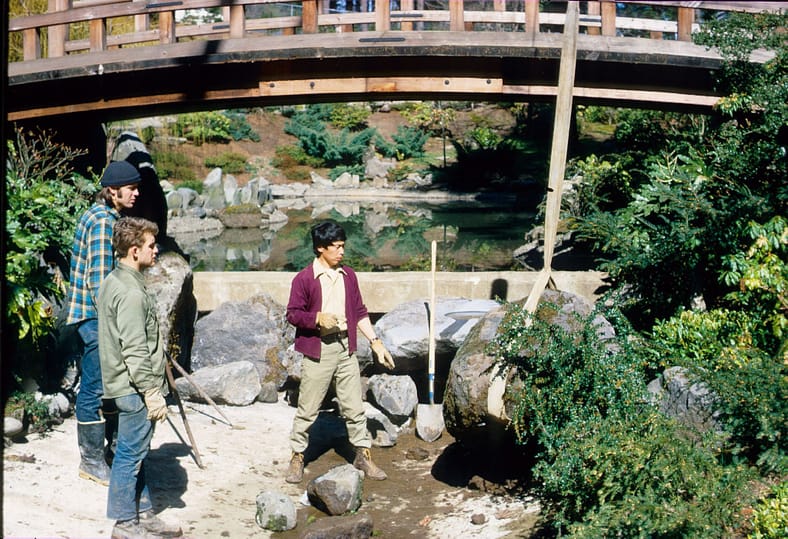
Hoichi Kurisu succeeds Kinya Hira as the organization’s second Garden Director.
1970
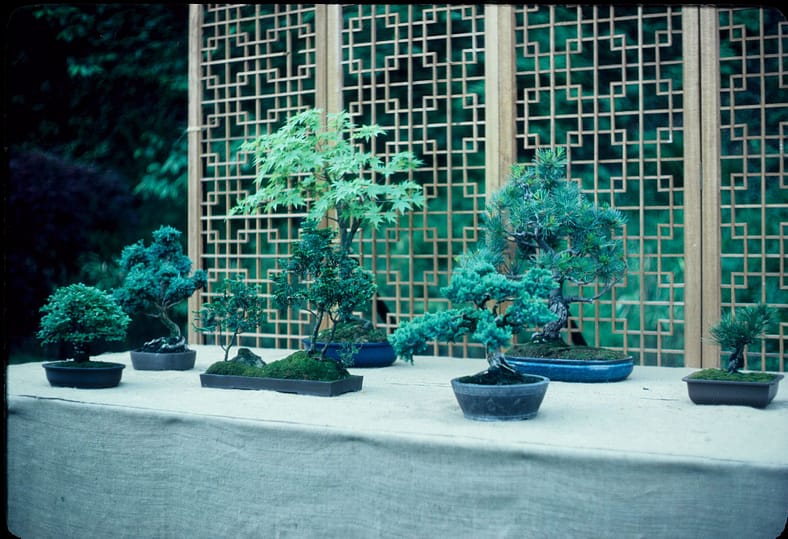
The first Bonsai exhibition takes place at the Garden.
There are 44,000 visitors to the Garden and 381 members.
1972
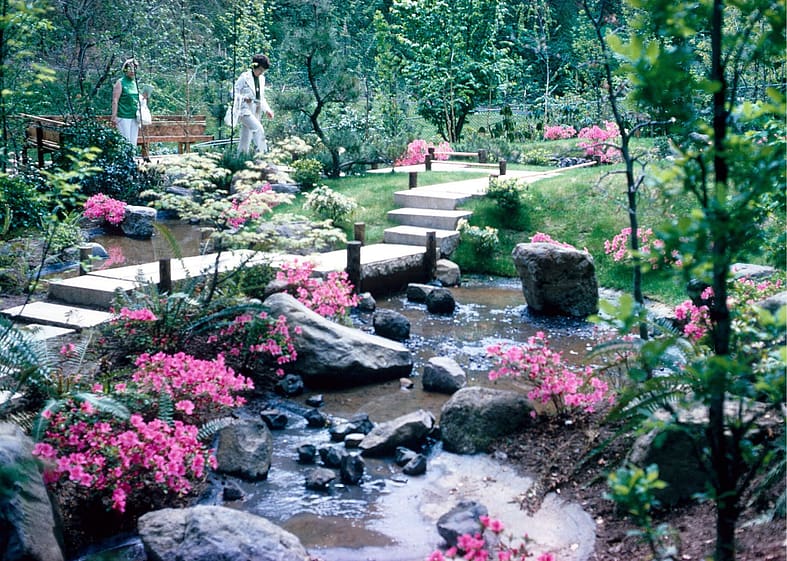
The Moss Garden does not flourish and is rebuilt as the Natural Garden, or Zoki no Niwa.
The first volunteer guide group is formed.
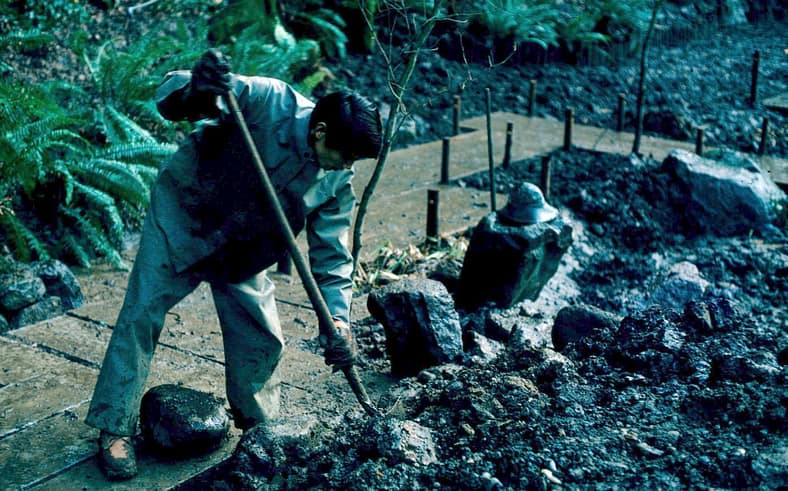
Hachiro Sakakibara succeeds Hoichi Kurisu and becomes the organization’s third Garden Director.
1973
The first koi are donated to the Garden but do not survive due to chlorinated water. More are donated in 1974.
1974
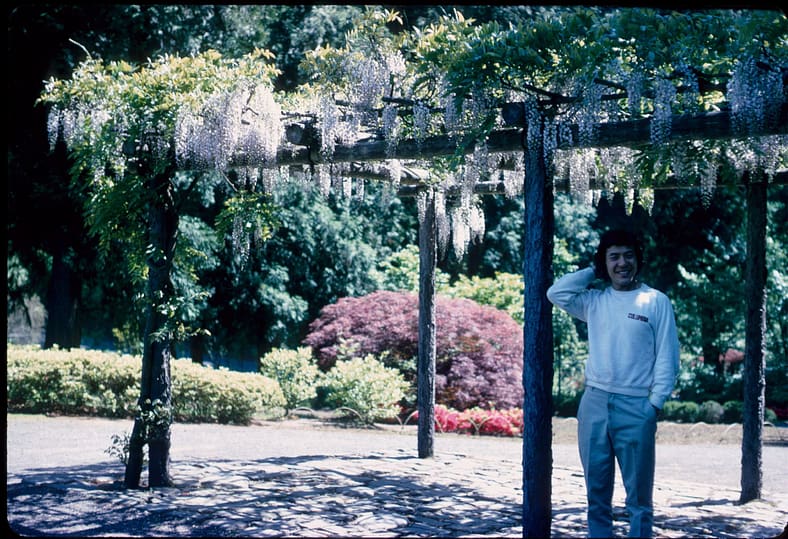
Michio Wakui succeeds Hachiro Sakakibara and becomes the organization’s fourth Garden Director.
1975
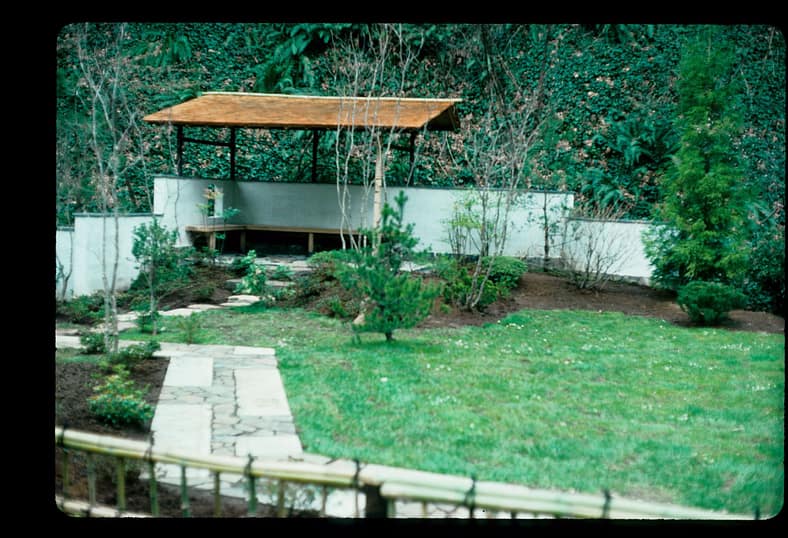
The Garden’s first machiai (sheltered waiting arbor) is built in the Tea Garden.
1976
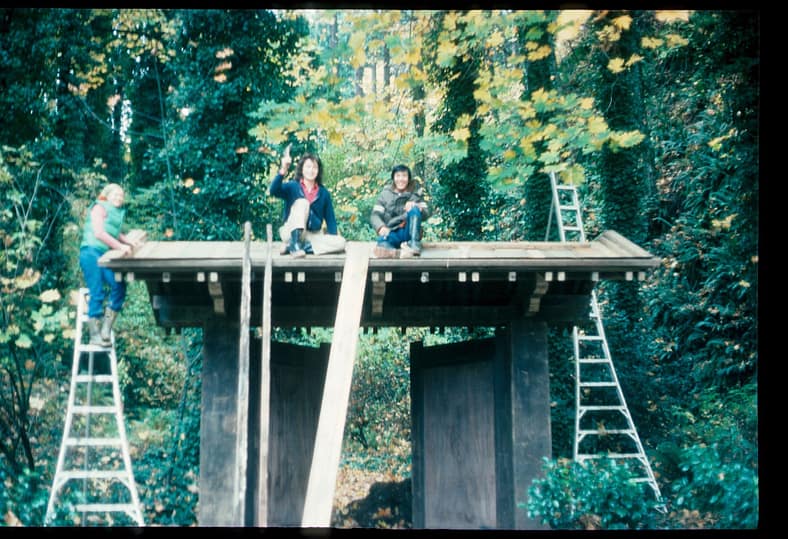
The Antique Gate, first donated by the Japanese Ancestral Society in 1967, is installed as an Entry Gate after sitting, disassembled, in storage for nearly 10 years. Sharon Riddell, the organization’s first female gardener, and Garden Director Michio Wakui construct it without the aid of blueprints or plans.
The Garden holds its first O-Bon Festival.
1977

Masayuki Mizuno succeeds Michio Wakui and becomes the organization’s fifth Garden Director.
The Sogetsu School of Ikebana provides flower arrangements of roses in honor of the Rose Festival.
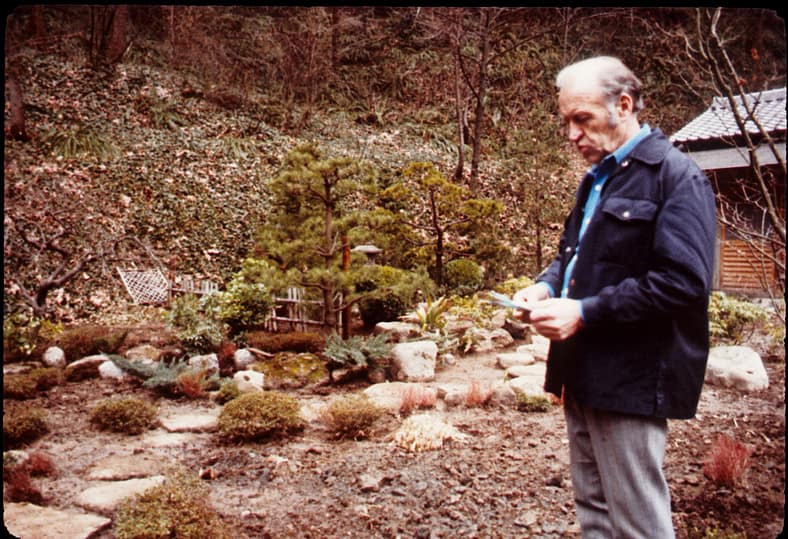
William “Robbie” Robinson, the Head Gardener of Portland Parks and Recreation, and an instrumental figure in our construction, retires. He is given the rare honor of a Lifetime Membership to the Garden. Robinson would be later be awarded the Order of the Sacred Treasure, Sixth Class, by His Imperial Highness, Emperor Hirohito.
The Garden holds its first O-Bon Festival.
1978
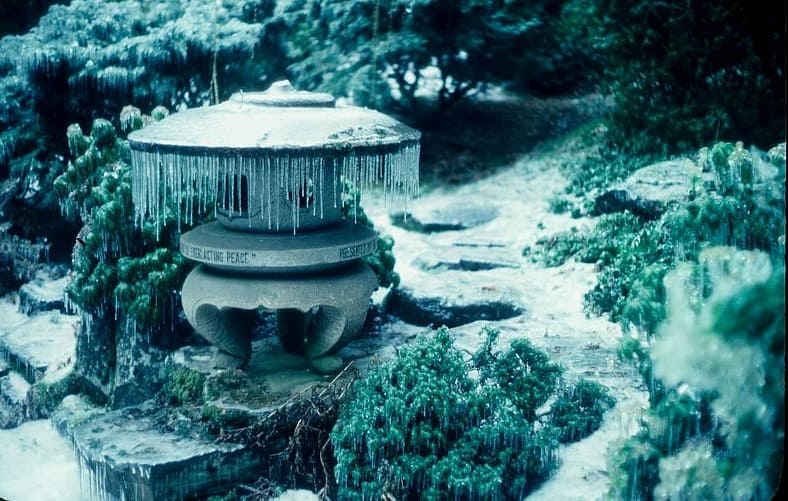
An ice storm hits Portland blanketing Portland Japanese Garden – and its shuttle – in icicles.

Japanese Prime Minister Takeo Fukuda visits and shares that he was “impressed with the size and beauty of the Garden.”
1979
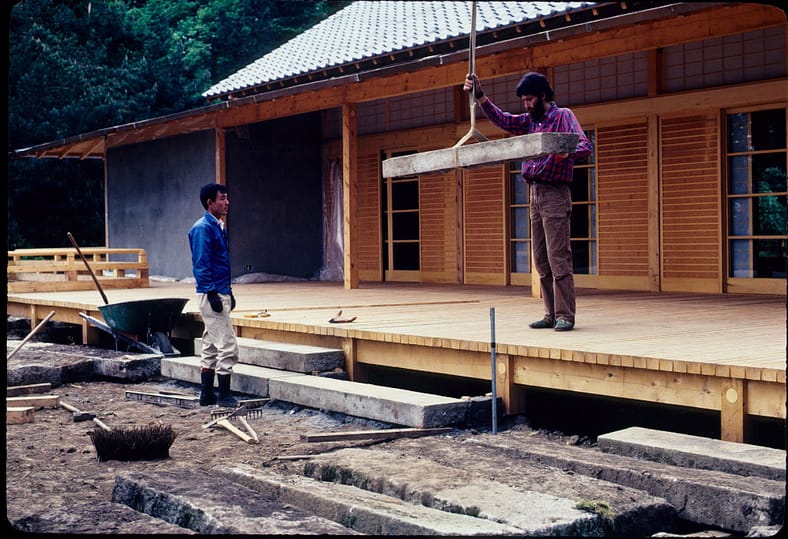
Construction of the Pavilion Gallery begins, completing Professor Tono’s vision of how the Flat Garden should be seen.
1980
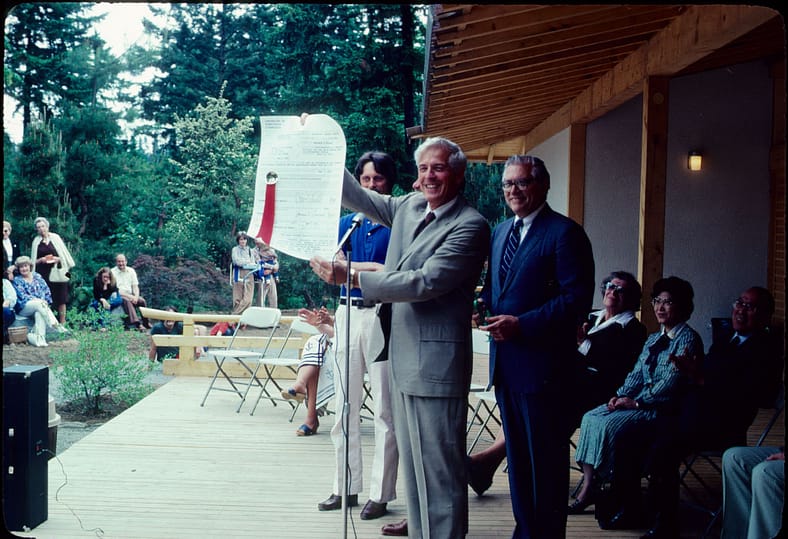
The Pavilion Gallery is dedicated on May 18, the same day that Mount St. Helens erupts.
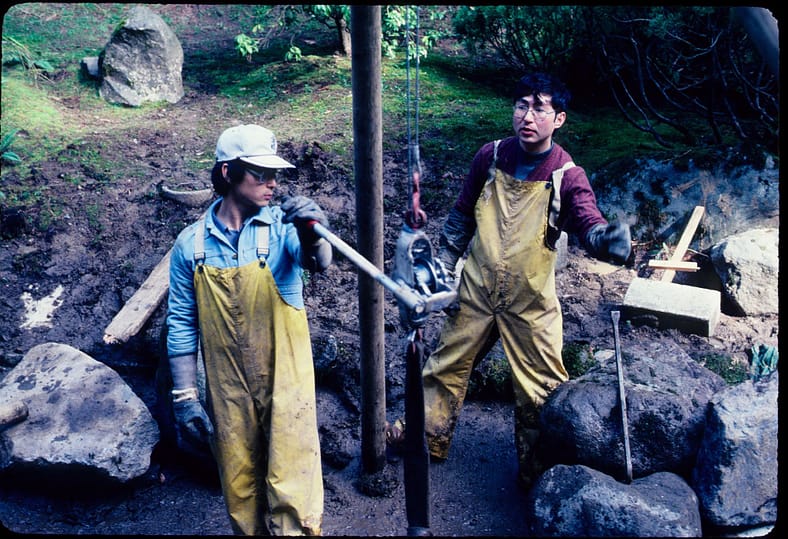
Kichiro Sano succeeds Masayuki Mizuno and becomes the organization’s sixth Garden Director.
1981
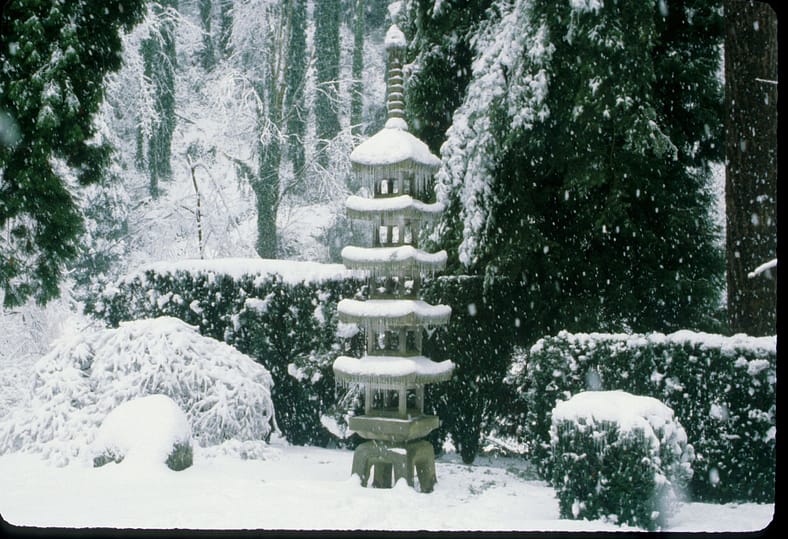
Portland Japanese Garden remains open during winter for the first time.
1983
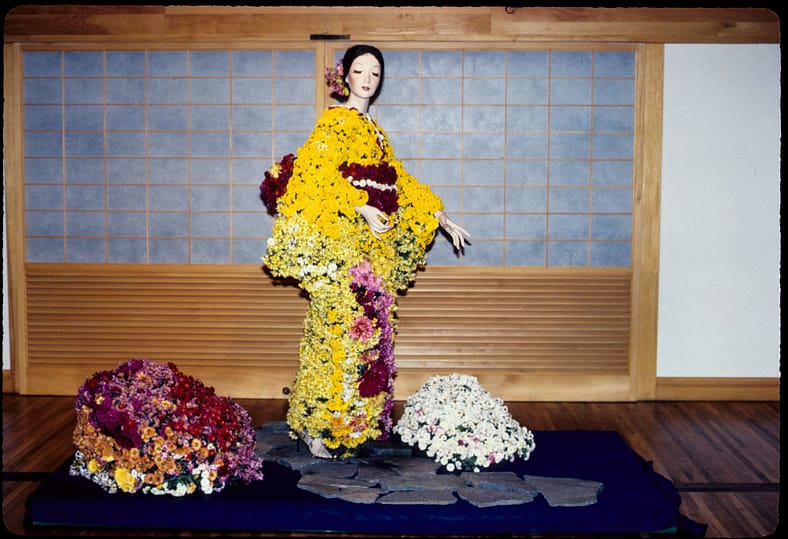
The Portland Chapter of Ikebana International presents a Chrysanthemum Exhibition.
Bamboo Yuki Zuri (snow hangings) are placed on trees throughout the Garden to protect them from more snow damage.
1985

Takao Donuma succeeds Kichiro Sano as the organization’s seventh Garden Director.
1986
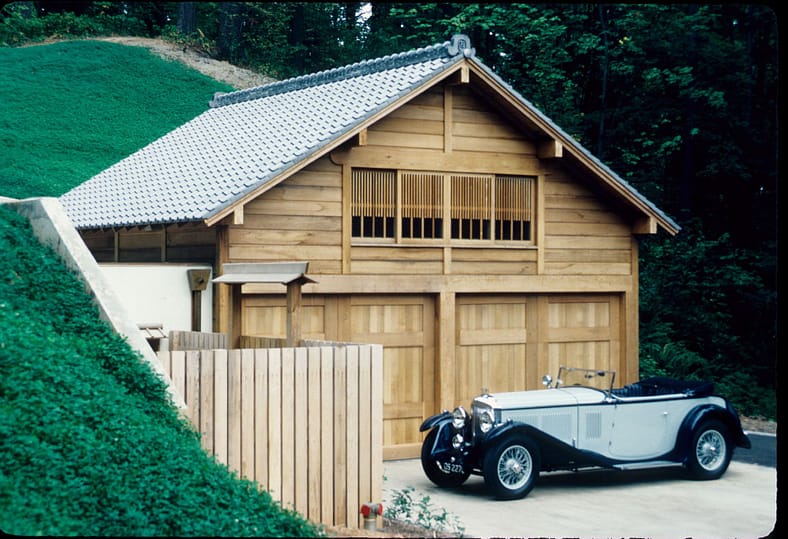
Under the leadership of Board President Jordan Schnitzer, the Garden begins building the Garden House, its first maintenance facility.
In 2015, the Garden House is removed to make room for the new Jordan Schnitzer Japanese Arts Learning Center.
1987
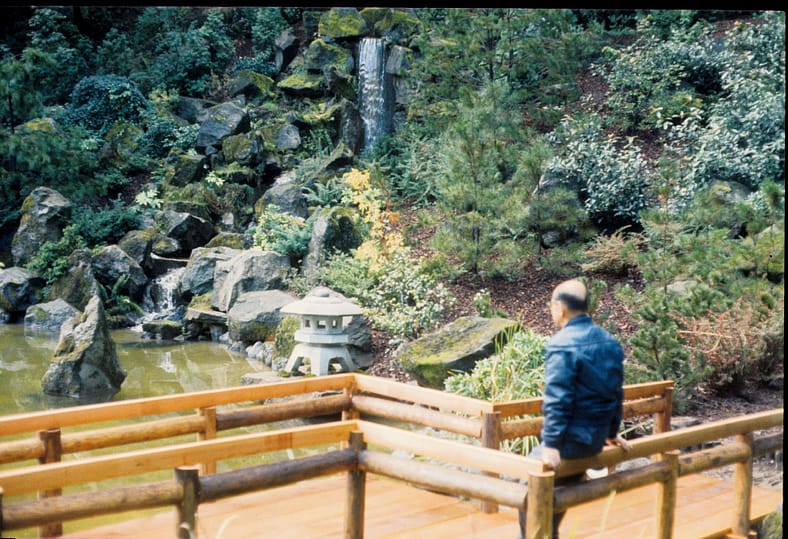
Professor Tono dies in Japan at age 96.
1988
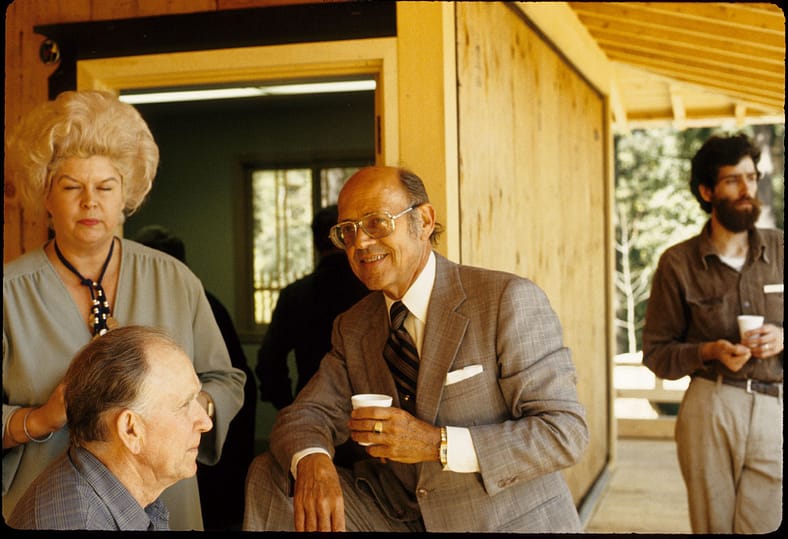
In memory of former Board President Bill de Weese, a hillside garden known as de Weese Hill is built next to the Garden House. The back side of this hill later becomes the Bill de Weese Chabana Research Garden.
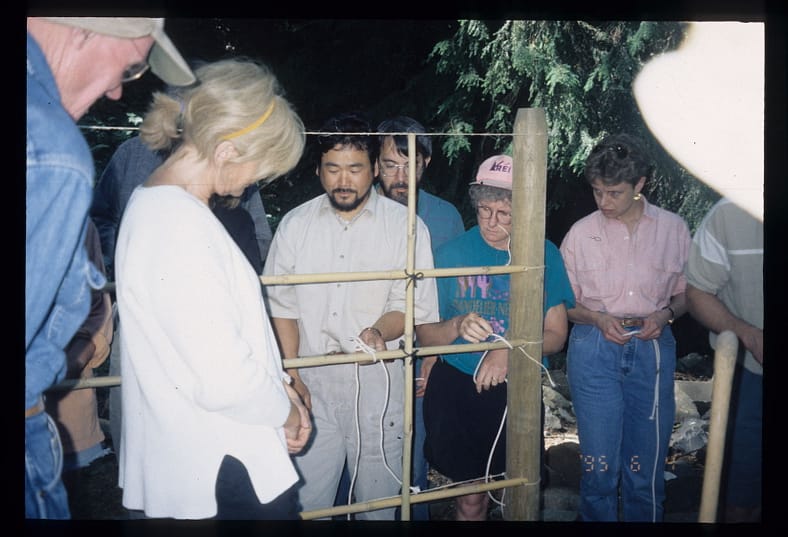
Toru Tanaka succeeds Takao Donuma as the organization’s eighth Garden Director. He would leave his post in 1991.
1989
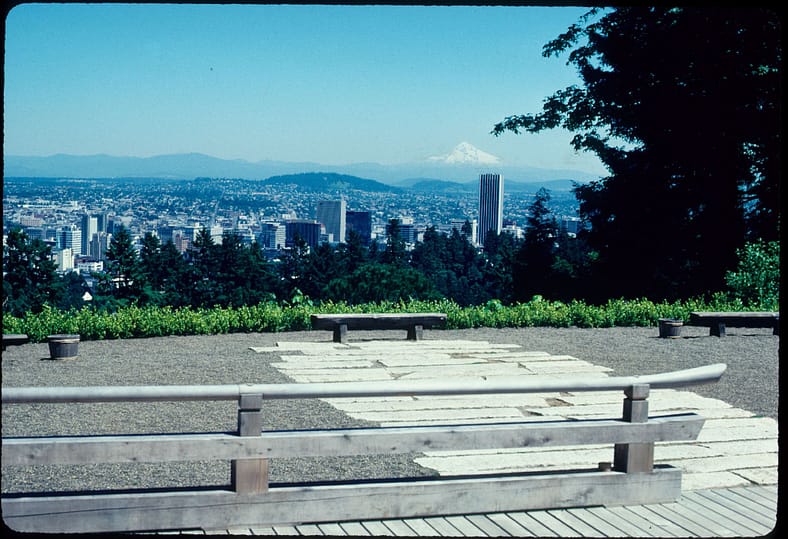
The Garden celebrates its 25th anniversary. His Excellency, Nobuo Matsunaga, the Ambassador of Japan to the United States, visits to honor the anniversary and declares Portland Japanese Garden to be:
“The most beautiful and authentic Japanese garden in the world outside of Japan.”
1990

Maureen Yandle is hired to be the Garden’s first Executive Director.
Portland Japanese Garden holds its first Moonviewing Festival.
1991
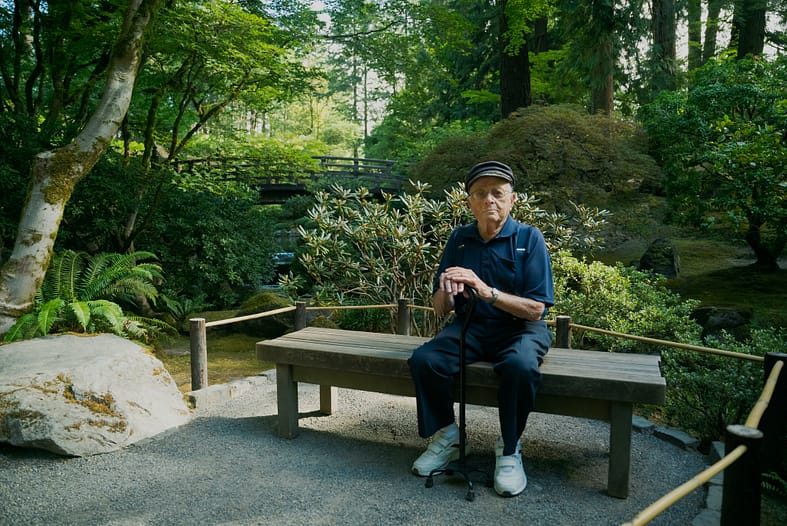
The Moon Bridge is replaced in its entirety save its lotus finials. It is constructed by World War II veteran and area resident Robert C. Burbank.
Kashintei Kai holds its first public tea presentation.
1994
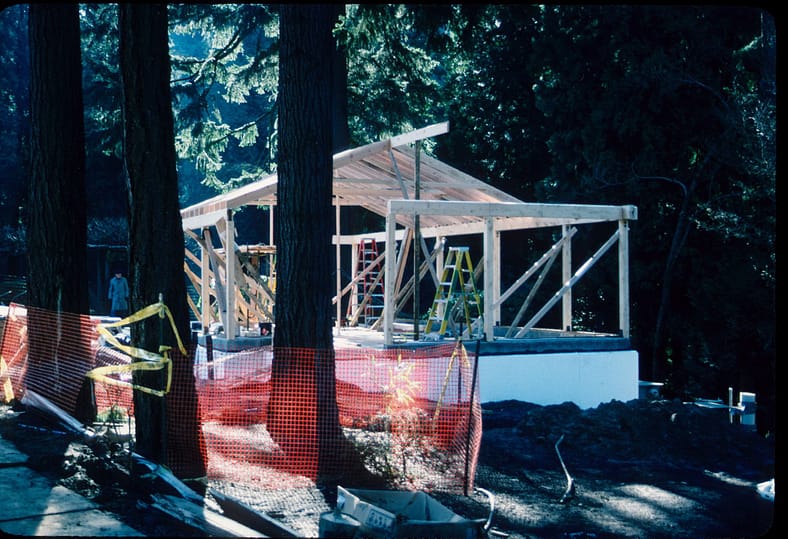
The Garden replaces its aging restrooms, a remnant of the old Portland Zoo, with a building containing updated restrooms and its first Gift Shop. When the 2017 expansion is completed, the Gift Shop moves into the Cultural Village.
The Sand & Stone Garden is reconfigured to lower the stones and add moss beds around them. It is later restored to its original intention in 1999.
1996

A suikinkutsu, or water harp, is presented by the Japanese Garden Society of Tokyo and installed at the south end of the Pavilion.
The Garden hosts the first International Association of Japanese Gardens (IAJG) Conference & Symposium in Portland.
1997
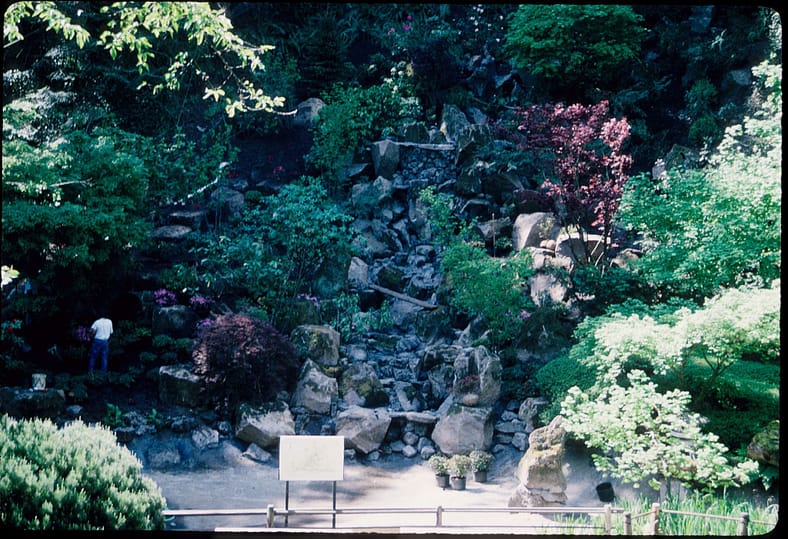
The Heavenly Falls, damaged by a winter storm, is later rebuilt by Garden Directors Hoichi Kurisu (1968-73) and Sadafumi Uchiyama (2008-21). The height of the Falls increases by four feet.
2003
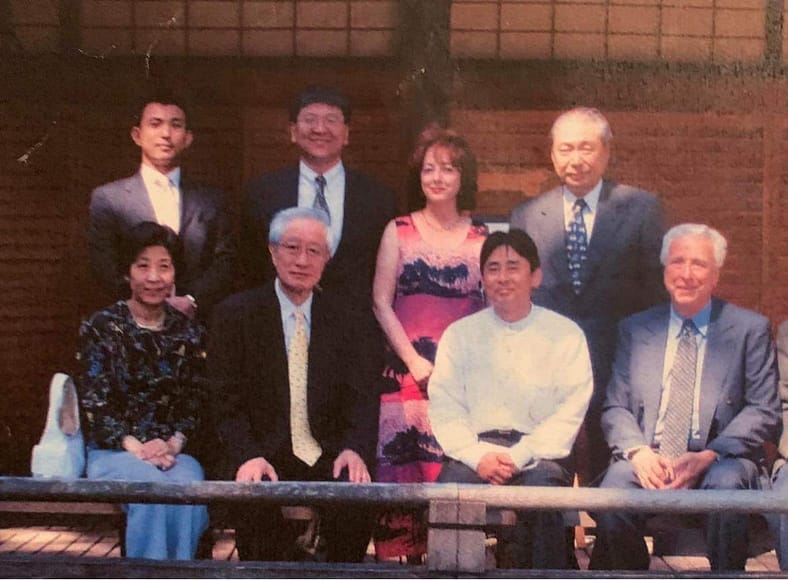
2005
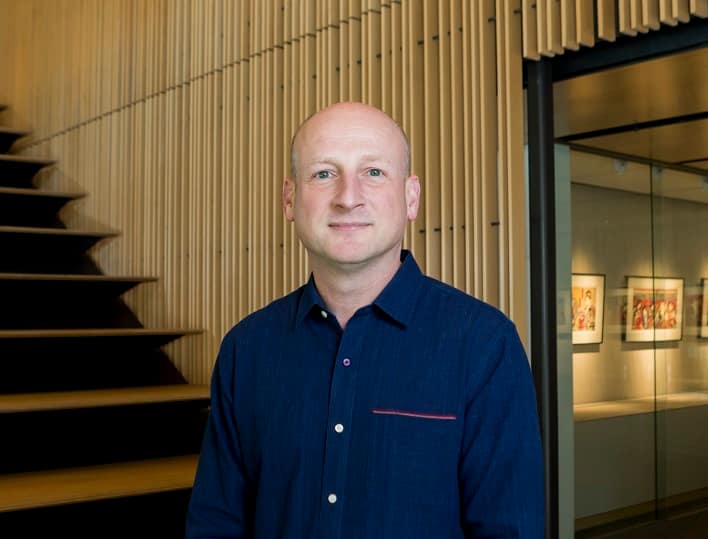
New CEO Steve Bloom is hired and creates a transformational strategic plan for the Garden.
Portland Japanese Garden welcomes 150,000 visitors this year.
2007

Diane Durston becomes the Garden’s first Curator of Culture, Art, and Education.
A master site plan is launched to explore expanding the Garden. Six months later, the recession hits and puts the plans on hold.
2008
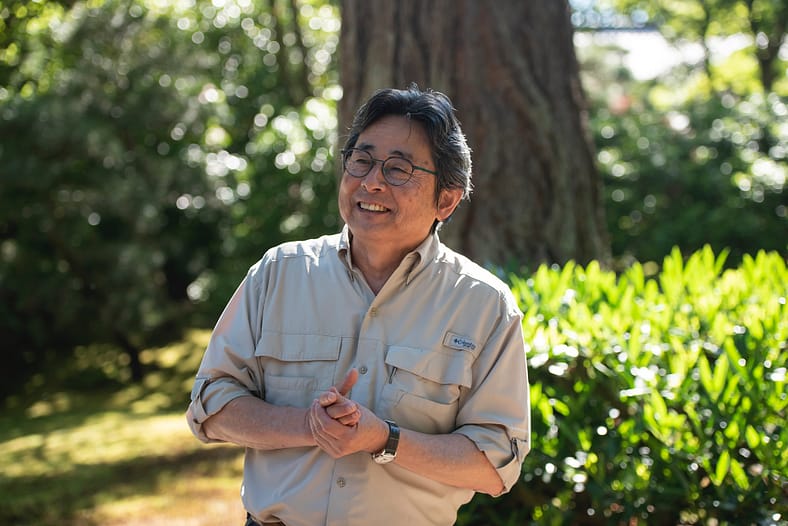
Portland Japanese Garden holds its first art exhibition (Art in the Garden).
Sadafumi Uchiyama resigns from the Garden’s Board of Trustees and becomes Garden Curator, the first to hold this title and the ninth Japanese-born leader of the Garden’s maintenance and design.
2009
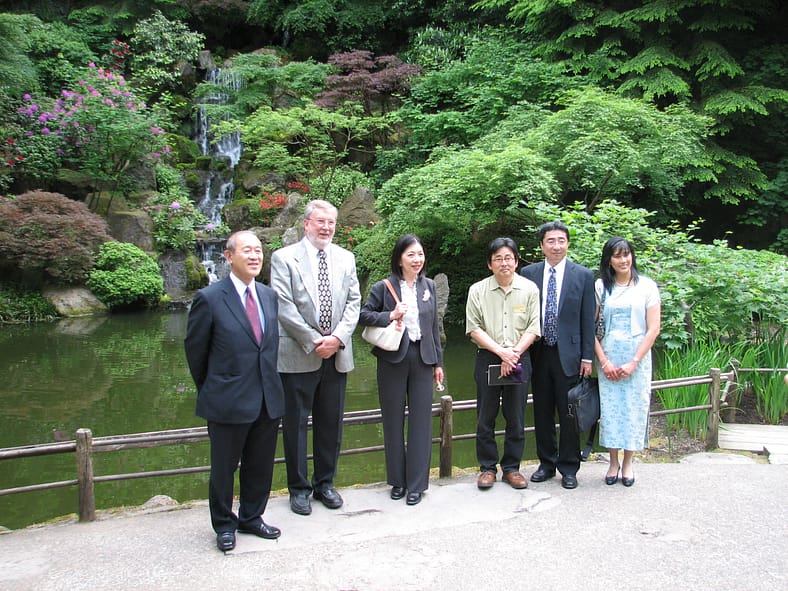
2010
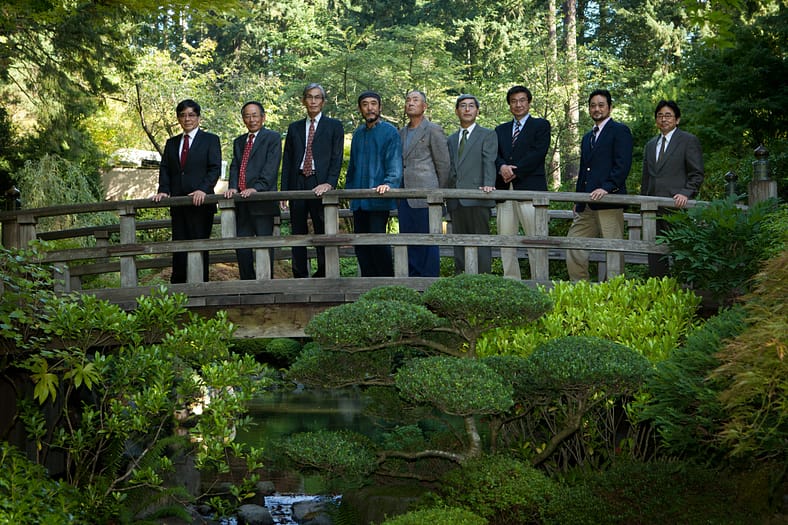
The Garden hosts the first-ever gathering of all its Garden Directors and then-Garden Curator, Sadafumi Uchiyama.
Portland Japanese Garden welcomes 220,000 visitors this year.

The Garden resumes plans to expand its facility through the Cultural Crossing expansion project in response to increased annual attendance and demand. Kengo Kuma is retained as the project architect.
Plans are added for a new education model, Japanese Garden Training Center, to preserve the art of Japanese gardening.
2011
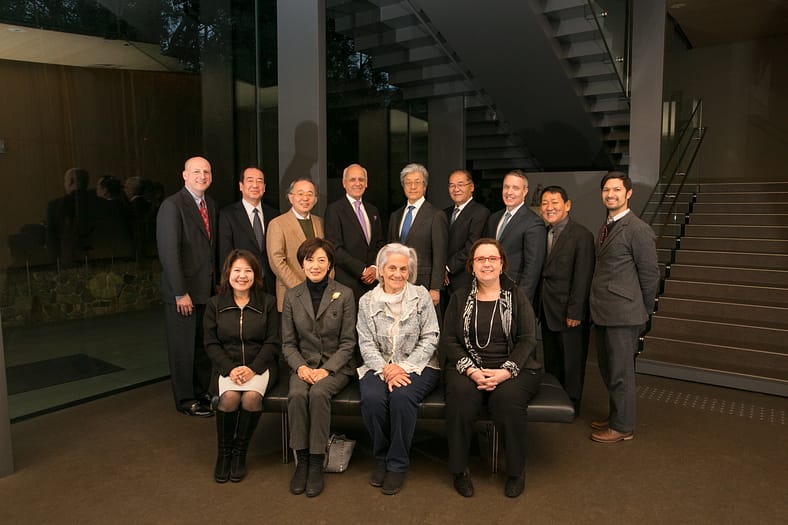
The first North American Japanese Garden Association (NAJGA) meeting in Chicago is organized by Portland Japanese Garden.
Portland Japanese Garden forms its International Advisory Board, a group of highly respected leaders in a diverse group of fields and industries.
2012
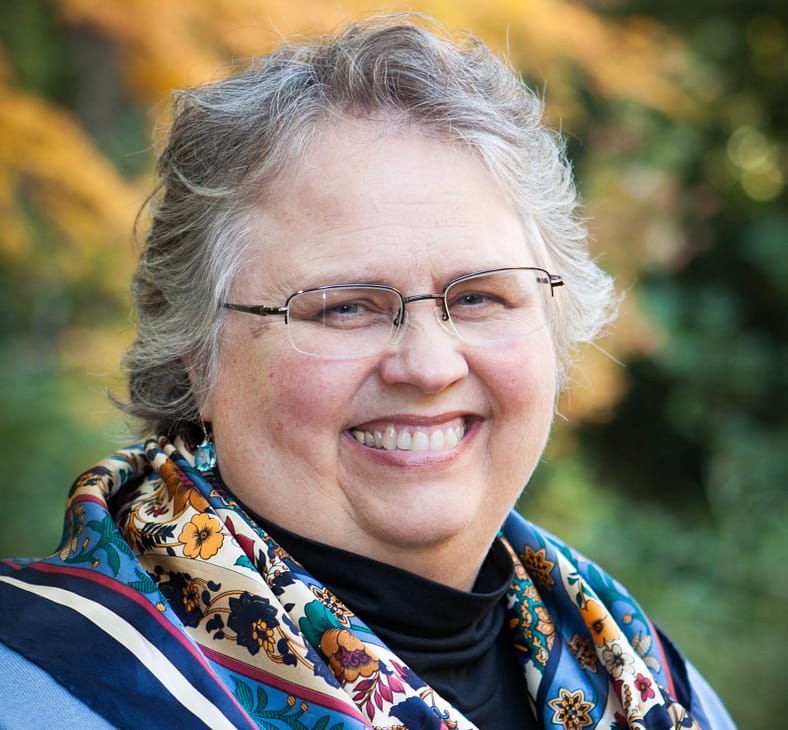
Cynthia Johnson Haruyama is hired as Deputy Director.
A major renovation of the Lower Pond addresses improvements needed for the care of the Garden’s beloved koi.
2013

Portland Japanese Garden celebrates its 50th anniversary.
Two torii gate pieces, washed away by the 2011 Great East Japan Earthquake, are discovered on the Oregon coast. Over the next three years, Portland Japanese Garden leadership finds their origin, restores the pieces, and reunites them in 2016 with their home in Hachinohe, Japan.
“Somewhere I read that it has been called the most authentic Japanese garden outside of Japan. And I now believe it.”
2015

Portland Japanese Garden welcomes 280,000 visitors this year.
After nearly 10 years of planning, the Cultural Crossing expansion project breaks ground.
2017

On April 2, the Garden celebrates the grand opening of the new Cultural Village, brought to life through the dedication and generosity of thousands of donors, members, staff, volunteers, and an international community of supporters.
Portland Japanese Garden donates a handcrafted replica of the Peace Lantern to the City of Yokohama.
2018
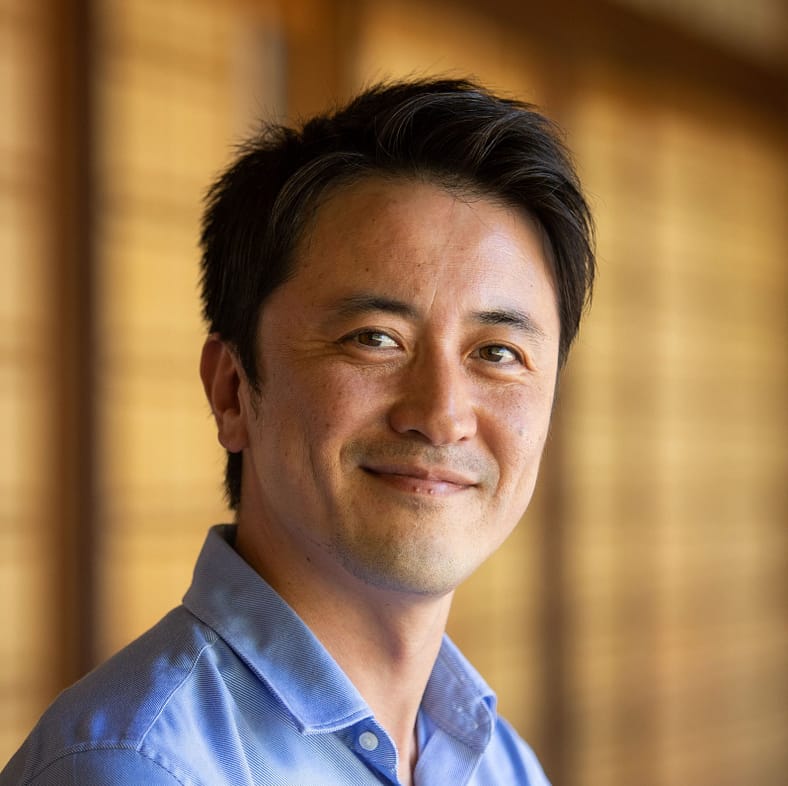
Akihito Nakanishi assumes the role of Arlene Schnitzer Curator of Culture, Art, and Education.
Diane Durston retires and assumes the title of Curator Emerita. In 2022, she is conferred the Order of the Rising Sun, Gold and Silver Rays by the Government of Japan.
2019
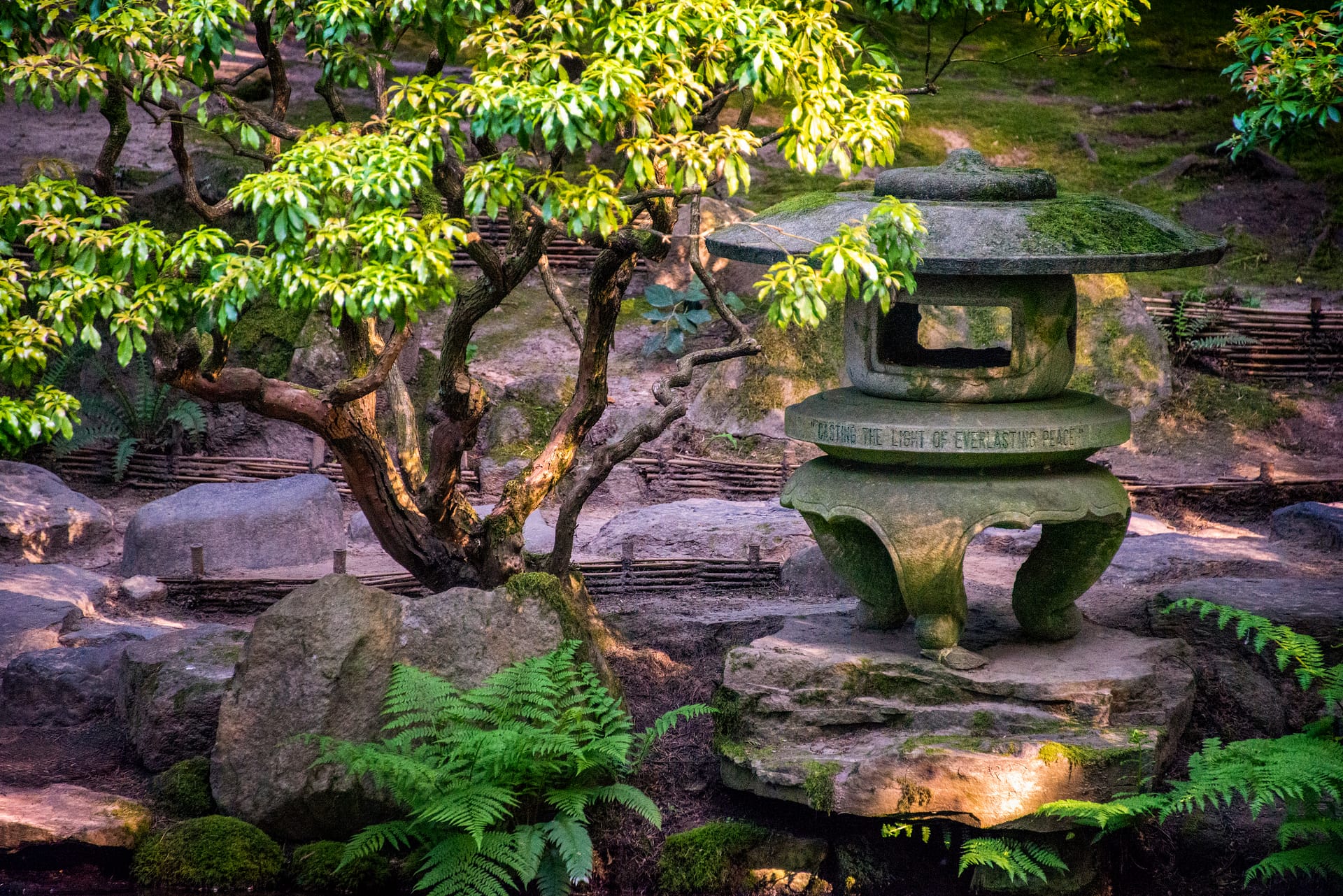
Portland Japanese Garden donates a handcrafted replica of its Peace Lantern to Sapporo.
2020

During the three-month COVID-19 pandemic-related closure, all-time highs of unrestricted donations are received to preserve this local treasure.
The Cultural Crossing Project is recognized by the American Society of Landscape Architects with the Award of Excellence.
Portland Japanese Garden receives the Garden Excellence Award from the American Public Garden Association.
2021
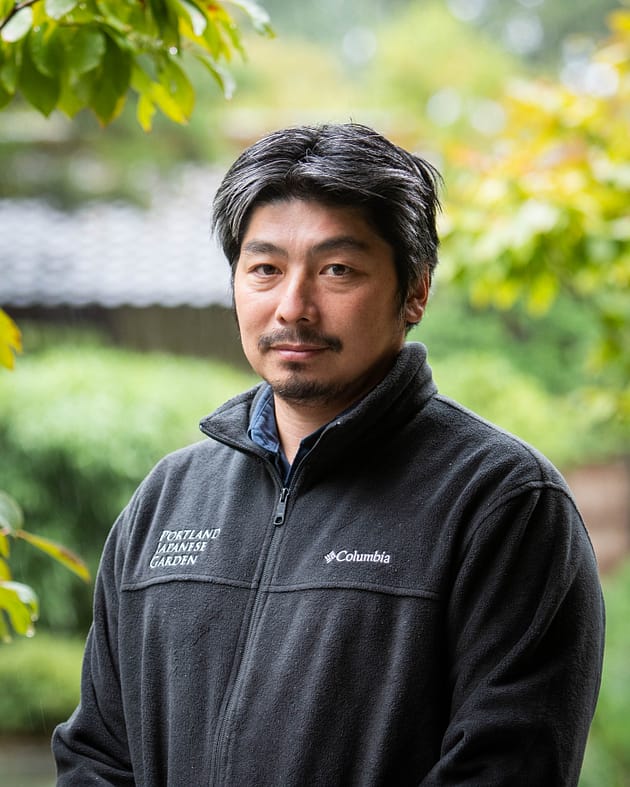
Hugo Torii becomes Garden Curator, the tenth Japanese-born gardener to oversee Portland Japanese Garden’s maintenance and design.
Sadafumi Uchiyama ascends to the role of Chief Curator. In 2022 he is awarded the Foreign Minister’s Commendation from the Foreign Ministry of Japan.
2022

In spring, the Garden welcomes His Excellency, Ambassador Extraordinary and Plenipotentiary of Japan to the United States of America, Koji Tomita. “What a wonderful opportunity to visit [Portland Japanese Garden] in springtime, this facility is truly an unparalleled example of Japanese landscape art. I am so glad that I can support this important institution as a member of their International Advisory Board.”
Portland Japanese Garden, through its global cultural initiative, Japan Institute, donates handcrafted replicas of its Peace Lantern to the cities of Hiroshima, Nagasaki, and Tokyo, Japan ahead of its inaugural Peace Symposium in Japan. In December, Japan Institute donates a Peace Lantern to the Royal Botanic Gardens, Kew in London, England.
The Garden welcomes 400,000 guests and 25,000 members.
2023
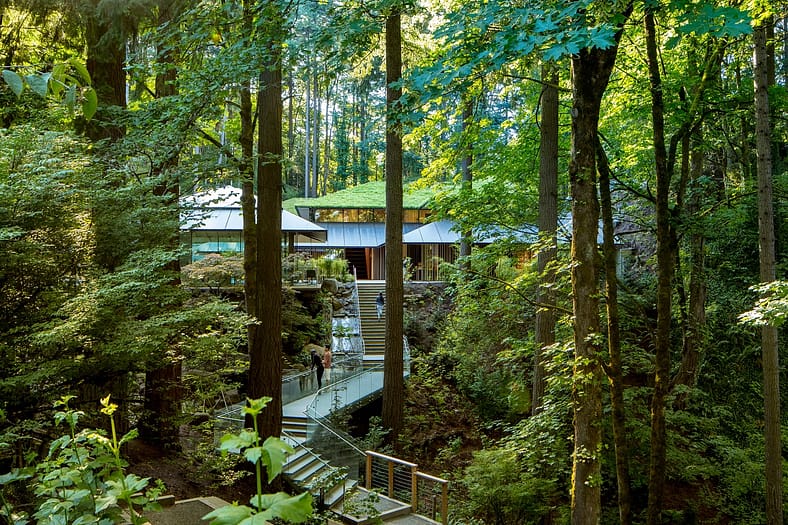
Portland Japanese Garden celebrates its 60th anniversary. Today it proudly serves audiences from around the globe, representing all 50 U.S. states, 90 countries, communities of color, and other traditionally underserved populations.